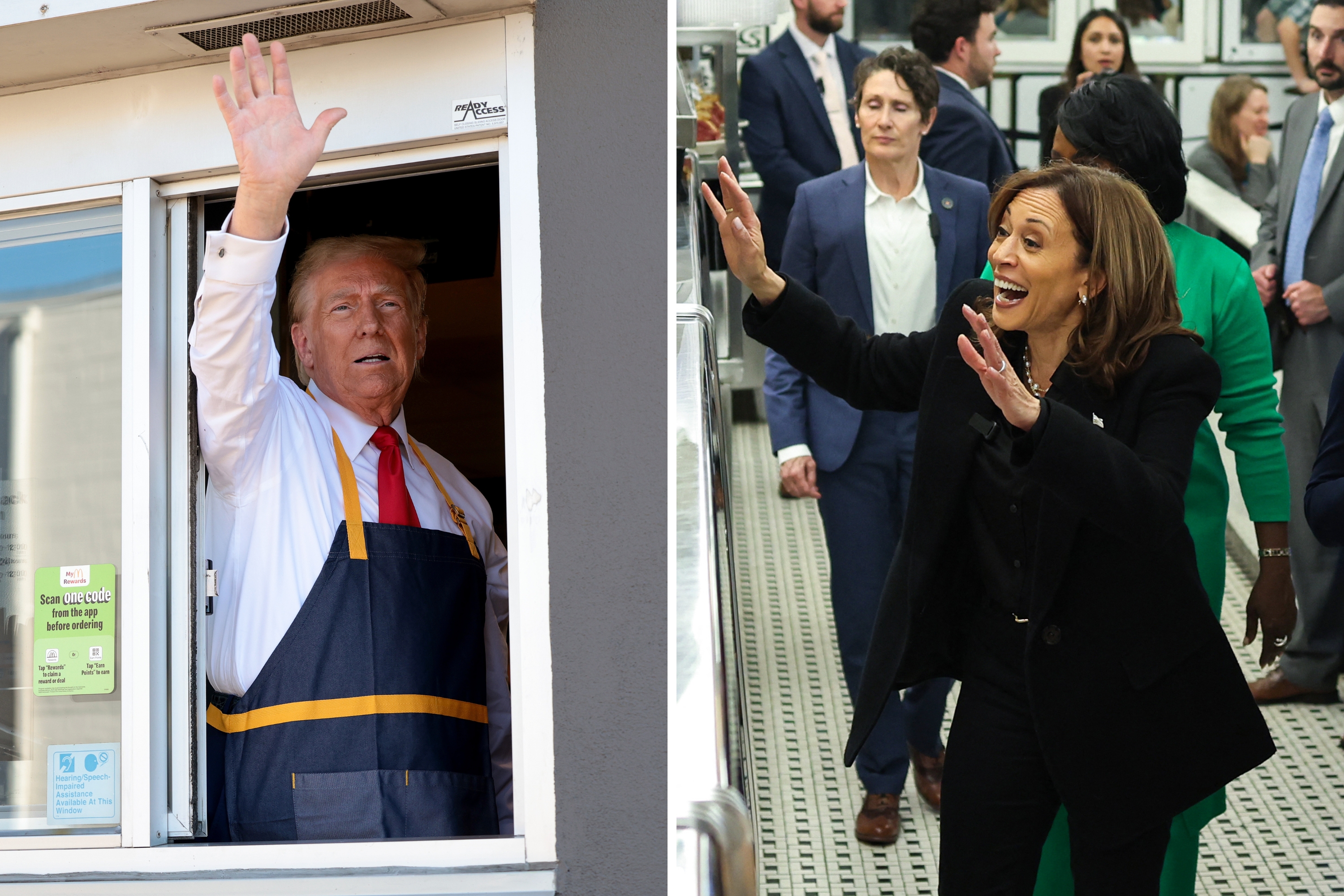Former President Donald Trump has managed to edge ahead in Pennsylvania, a critical battleground state for the upcoming election. According to a recent survey conducted by Emerson College Polling and RCPA, Trump holds 49% of the voter support, just slightly ahead of Vice President Kamala Harris, who has 48%. This tight race indicates the high stakes involved as both candidates strive for the state's 19 Electoral College votes, which could be pivotal in determining the next President of the United States.
The Emerson College Polling/RCPA survey, carried out between October 21-22, included responses from 860 likely voters. The poll has a margin of error of plus or minus 3.3 percentage points, making the results particularly significant. As both candidates ramp up their efforts in Pennsylvania, the dynamics of voter preferences are becoming increasingly crucial to their overall strategies.
With Pennsylvania being one of seven key swing states, both Trump and Harris have made multiple campaign appearances there in recent weeks. For Harris, winning Pennsylvania, along with Michigan and Wisconsin, represents her clearest path to victory. On the other hand, Trump's strategy hinges on securing Pennsylvania alongside swing states like North Carolina and Georgia to reach the coveted 270 Electoral College votes.
As we delve deeper into the polling data, it's evident that most voters have already made their decisions well in advance of the election, with only 4% indicating they decided in the past week. According to Spencer Kimball, executive director of Emerson College Polling, voters who made up their minds over a month ago favor Trump with a margin of 51% to 47%, while those who decided more recently lean towards Harris at 52% to 45%.
Interestingly, the polling landscape mirrors the tight races observed in other swing states. For instance, Nate Silver's tracker indicated a tie at 48% for both candidates, while FiveThirtyEight showed Trump leading Harris by a narrow 0.3%. This reflects the ongoing volatility of the race as both candidates continue to vie for voter support.

Breaking down the polling results reveals varying preferences among different age groups. Voters under 50 tend to favor Harris significantly, with 57% supporting her compared to 39% for Trump. Conversely, voters over 50 show a strong preference for Trump. Additionally, among undecided voters, Harris has a slight edge, with 51.6% leaning towards her and 48.4% towards Trump.
As the campaign continues and both candidates intensify their efforts, the political landscape in Pennsylvania will undoubtedly evolve. The Republican National Committee spokesperson emphasized that despite significant funding from Democrats, Trump's message continues to resonate with voters across the country. This battleground state remains a focal point for both campaigns as they strive for a decisive win in the upcoming election.
In previous election cycles, Emerson College's polling at similar points showed Biden leading Trump by five points in 2020 and Hillary Clinton ahead in 2016. However, in those instances, Trump ultimately secured victory. As history suggests, Pennsylvania's unpredictable nature makes it a critical area of focus for both candidates moving forward.
As the election date approaches, both Trump and Harris will continue to make their case to voters in Pennsylvania. The stakes could not be higher, and the outcomes of these efforts could very well determine the next President of the United States.
Justice Served: The Arrest Of Victor Martinez Hernandez In The Murder Of Rachel Morin
Shifts In Jewish Voter Behavior After The October 7 Attack: A Political Landscape Transformation
Exploring Kate Middleton's Introduction In The Crown: A Look Behind The Scenes


